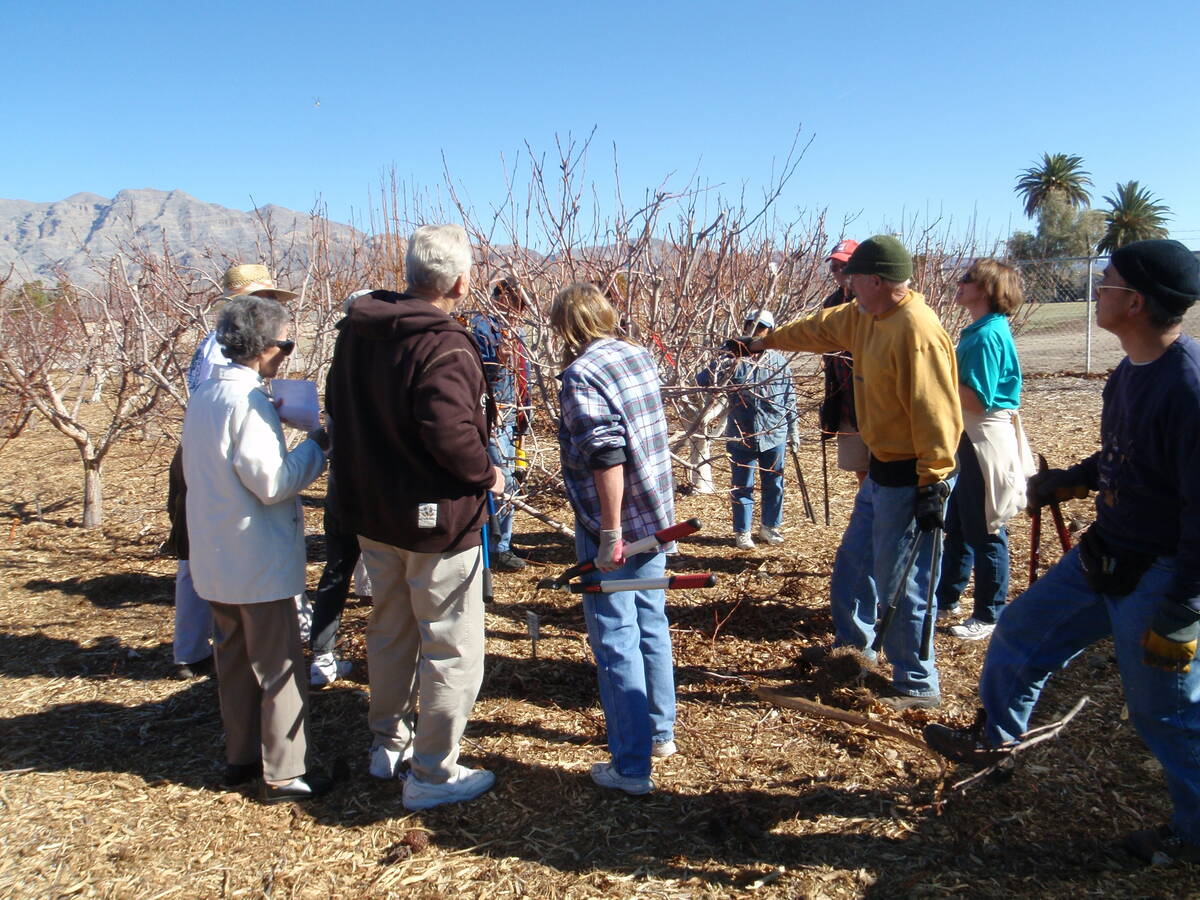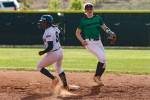Thermometer, weather app help to anticipate winter freezes
I hope it never freezes during the winter. But I’m probably wrong.
Some winters never see freezing temperatures but will experience temperatures near freezing any time during November, December, January, February and even early March. Some winters experience light freezing temperatures once or several times during that period but usually in late December and January or early February.
Tropical plants like bougainvillea, basil, tomato, lantana, limes, naval sweet oranges are damaged or killed at these temperatures.
Plants produce a lot of flowers over a two- to three-week period. A one-time, light freeze may result in a light fruit crop. Two or three freezes in a row, over a period of a few weeks, could mean zero fruit production.
Though the plant may tolerate a light freeze, none of the exposed flower buds will. New growth, whether it’s flower buds or young new leaves and stems, may die if temperatures dip below freezing for even just a few minutes.
Some winters we experience a hard freeze: 27 degrees or lower. The most cold-hardy citrus — kumquat, Meyer lemon, grapefruit and satsuma orange — show no damage at these temperatures in protected locations. But other citrus, such as sweet oranges and limes, are damaged.
A normal winter experiences a progression of cold temperatures starting in early November and ending in late February or early March. That’s what most plant parts expect, and that’s what they are best suited to handle.
The plant parts that are most damaged by freezing temperatures are open flowers, flower buds, new growth and their roots. When freezing temperatures occur early or late is when freezing temperatures are most damaging to exposed plant parts. Plants are not expecting normal low temperatures at this time of year and are not prepared for them.
Having a recording maximum/minimum thermometer and having the weather app prepares you for anticipating winter freezes. If you haven’t bought a recording, maximum/minimum thermometer for your backyard ($10-$20), get one very soon.
Hang it tree height in the windiest location in the yard and check it every few days during these months. The handiest ones record low temperatures several days in a row before the temperatures are wiped out.
Download a weather app to your phone or laptop. Look at 10-day temperature and wind as temperatures approach freezing. These weather apps are generally accurate and approximate when to anticipate freezing temperatures and windy weather. They are very handy for anticipating warm and windless days to make those dormant oil applications and when to protect winter tender plants.
There is no need to wrap or protect freezing tender plants if your predictions are that they won’t freeze. But if that week looks like very low temperatures, it is worth it to protect tender plants for the entire week. The lowest temperatures are usually just before daybreak.
Q: Are you offering pruning classes this year at the Ahern Orchard?
A: Ahern was kind enough to allow me to conduct pruning classes again this year at the orchard. All classes start at 9 a.m. and usually are Fridays, except for one today. Bring your loppers and hand pruners and expect to prune at least one tree. Classes are advertised on my blog and Facebook page. All classes are $20 per person. Class sizes are kept small to promote individualized teaching.
Peach tree pruning is offered today. On Jan. 7, I will offer apple and pear pruning. On Jan. 14, it will be pomegranate, jujube and persimmon. Jan. 21 will be devoted entirely to the pruning of grapes. And on Jan. 28, I will discuss how to apply fertilizers including iron to fruit trees.
I have grouped fruit trees together that require similar pruning techniques. At the beginning of each class, we will adjust, sharpen and sanitize all pruning equipment. Please bring face masks to class and please social distance. None of the pruning equipment will be shared unless sanitized thoroughly.
Q: I calculated that our young sweet bay laurel trees would use about 7,000 gallons of water each year. You said a 20-foot tree might require 9,000 to 10,000 gallons each year. My calculations produced a figure of 44.9 gallons of water per week for each tree during the winter.
A: You might be right with your calculations. The only way of knowing for sure is to try it, make some adjustments and see what happens.
Just make sure that the applied water wets the soil deep enough for the trees, that it is applied to a large enough area under the tree canopy so root growth stabilizes the tree and that the trees receive water again when the soil moisture is running out. Water waste occurs when water is applied when plants don’t need it.
I use two instruments and my eyes to judge when, where and how much water to apply. The first is applying water deep enough. To judge this, I use a thin long piece of steel like a stick of thin rebar. Immediately after an irrigation, I push this piece of steel in the soil in several locations to judge how deep the water gets. In the case of sweet bay laurel, I shoot for 18 to 24 inches deep.
Next, I validate that the applied water is wetting roots that occupy at least half the area under their canopy. As the tree canopy gets larger, more emitters are added. Increasing the size of the area wetted increases the water applied to the tree so, usually, the number of minutes on the clock doesn’t change.
Lastly, I use my eyes to validate that water is applied to at least half the canopy area. If it’s smaller than this, then I increase the wetted area. The type of irrigation used depends on lots of things including my level of comfort with the technology and cost.
But if plants are together or in rows, I favor drip tubing with embedded drip emitters. If plants are in isolated areas and far apart, then I favor independent drip emitters. High-pressure bubblers do a good job, but the same three principles hold true of them too.
The following growing season I observe the plant condition (presence of leaf scorch during hot months and amount of new growth) and adjust the clock or irrigation. Plants will tell you if they are getting too much or too little water if you observe them.
Q: When is the best time to replace grass?
A: You have pretty much missed it for this year. You are better off waiting for warmer weather in early spring.
It depends on the grass, whether it’s a cool-season type or a warm-season type. About 95 percent of all of the lawn grass sold is a cool-season type such as the tall fescue.
The best time to plant grass is either in the fall or the spring at the same time you would select to plant most landscape plants. To put it into months, this would be from late September through mid-November most years. If you are electing to start a lawn grass from seed, then October is the best month to plant grass seed followed by late February or March in second place.
Hybrid Bermuda grass or any of the warm-season grasses such as zoysia, buffalo grass and St. Augustine are best planted in early summer, no later than July 1. Because warm-season grasses need warm weather for best root and top growth and a few weeks to get established after planting, it’s best to start them at this time rather than later.
Figure that warm-season grasses begin slowing their growth in late September and October as temperatures begin cooling. They need about two months of solid growth before they start slowing down. It sure helps to have a weather app on your phone to make the best decision possible.
Bob Morris is a horticulture expert and professor emeritus of the University of Nevada, Las Vegas. Visit his blog at xtremehorticulture.blogspot.com. Send questions to Extremehort@aol.com.





























